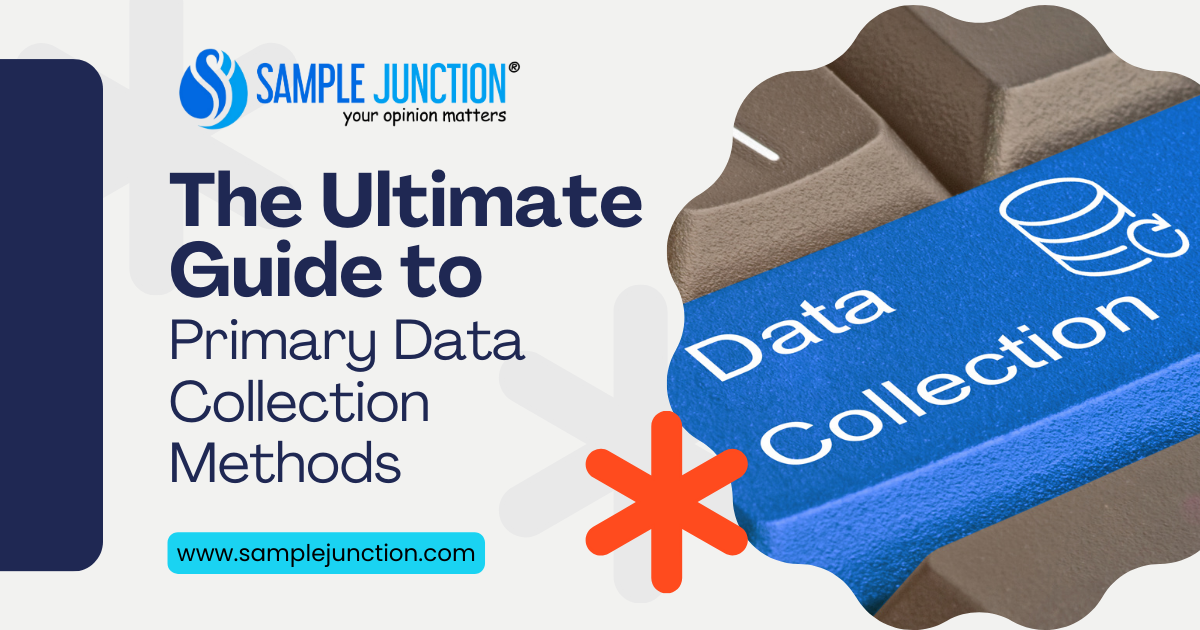The Ultimate Guide to Primary Data Collection Methods: Everything You Need To Know
Primary data collection techniques are essential for getting direct, first-hand information from the source regarding market research data collection. There are multiple methods for gathering primary data, each with special advantages and disadvantages, ranging from surveys to observations. We will discover the various primary data collection techniques, offering insights into their benefits and best practices. .
What is primary data collection?
Instead of depending on pre-existing data sources,primary data collection is obtaining information directly from the intended audience or source. This method is helpful for market research data collection since it enables researchers to get first-hand knowledge relevant to their goals.
Surveys and questionnaires
A survey usually consists of structured questions intended to elicit particular participant data. They can be given via various methods, such as in-person meetings, phone interviews, and online platforms.
Advantages:
- Enables standardized data collection.
- Can reach a wide range of audiences.
- Provides quantifiable data for statistical analysis.
Best practices:
- Keep questions clear, concise, and relevant.
- Use both closed-ended and open-ended questions.
- Pilot test the survey to determine any issues or ambiguities.
Interviews
Online panel companies In-depth discussion of subjects and the chance to clarify answers are made possible by direct exchanges between the researcher and the responder during an interview. Depending on the participants’ interests and the nature of the research, interviews can be done in person, over the phone, or by video conference.
Advantages:
- Allows for probing and follow-up questions.
- Facilitates rapport-building and trust with respondents.
- Provides rich qualitative data for nuanced insights.
Best practices:
- Develop a structured interview guide with critical topics and prompts.
- Actively listen to respondents and ask clarifying questions as needed.
- Respect the confidentiality and privacy concerns of participants.
Observations
Online panel companies Observational studies entail systematically observing and documenting events, behaviours, or phenomena as they occur in the wild. Using this technique, researchers may watch interactions and behaviours firsthand rather than depend on participant self-reporting.
Advantages:
- Provides real-time, objective data.
- Allows for the study of behaviours in natural contexts.
- Minimizes response bias and social desirability effects.
Best practices:
- Clearly define the behaviours or events of interest.
- Establish reliable observation protocols and recording methods.
- Consider ethical implications, such as privacy concerns, when conducting observations.
A short wrap-up
TPrimary data collection techniques are crucial for obtaining firsthand knowledge for market research data collection. Researchers can customize their technique to best fit their study aims and target audience by considering the distinct advantages and considerations offered by surveys, questionnaires, interviews, and observations. Furthermore, Sample Junction is here to assist you in getting effective data collection services customized to your unique needs. Connect with us now to find out more!



